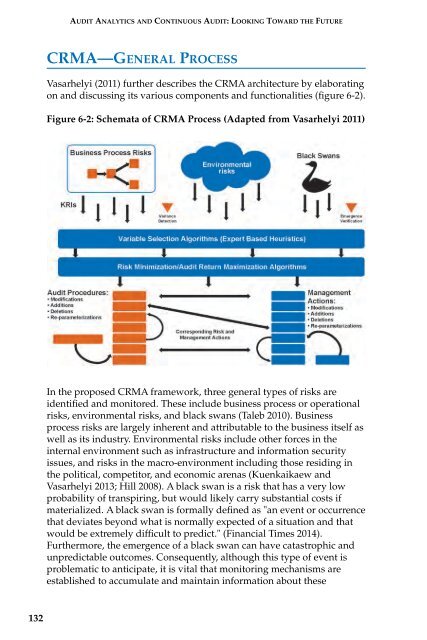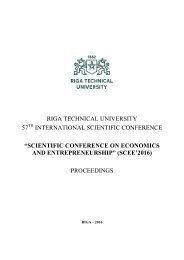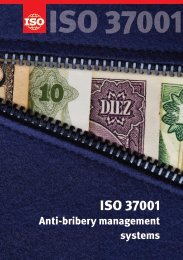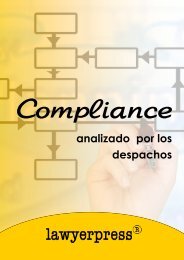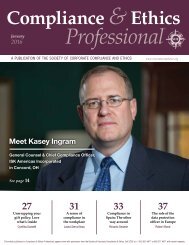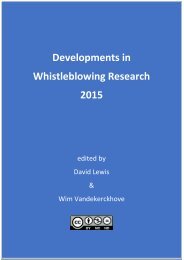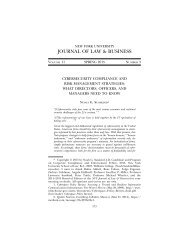AUDIT ANALYTICS AUDIT
x8YaD9
x8YaD9
- No tags were found...
You also want an ePaper? Increase the reach of your titles
YUMPU automatically turns print PDFs into web optimized ePapers that Google loves.
<strong>AUDIT</strong> <strong>ANALYTICS</strong> AND CONTINUOUS <strong>AUDIT</strong>:LOOKING TOWARD THE FUTURE<br />
CRMA—GENERAL PROCESS<br />
Vasarhelyi (2011) further describes the CRMA architecture by elaborating<br />
on and discussing its various components and functionalities (figure 6-2).<br />
Figure 6-2: Schemata of CRMA Process (Adapted from Vasarhelyi 2011)<br />
In the proposed CRMA framework, three general types of risks are<br />
identified and monitored. These include business process or operational<br />
risks, environmental risks, and black swans (Taleb 2010). Business<br />
process risks are largely inherent and attributable to the business itself as<br />
well as its industry. Environmental risks include other forces in the<br />
internal environment such as infrastructure and information security<br />
issues, and risks in the macro-environment including those residing in<br />
the political, competitor, and economic arenas (Kuenkaikaew and<br />
Vasarhelyi 2013; Hill 2008). A black swan is a risk that has a very low<br />
probability of transpiring, but would likely carry substantial costs if<br />
materialized. A black swan is formally defined as "an event or occurrence<br />
that deviates beyond what is normally expected of a situation and that<br />
would be extremely difficult to predict." (Financial Times 2014).<br />
Furthermore, the emergence of a black swan can have catastrophic and<br />
unpredictable outcomes. Consequently, although this type of event is<br />
problematic to anticipate, it is vital that monitoring mechanisms are<br />
established to accumulate and maintain information about these<br />
132


